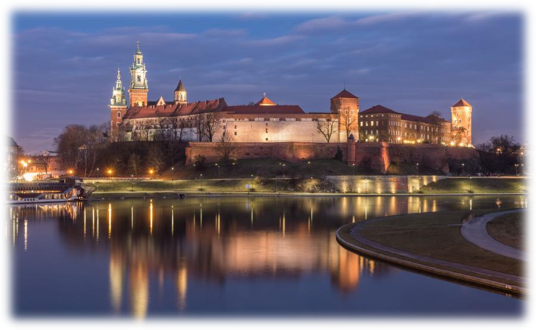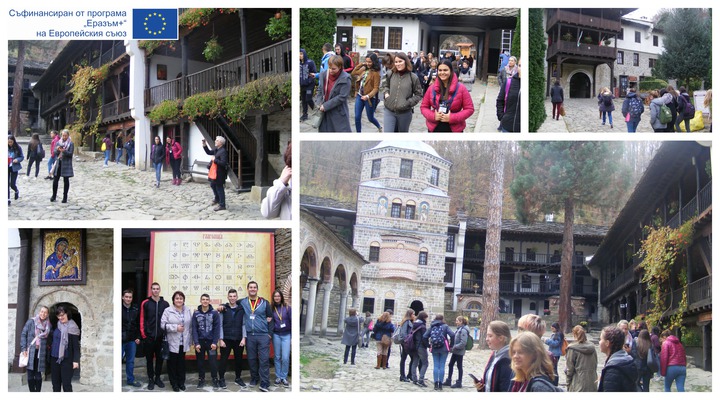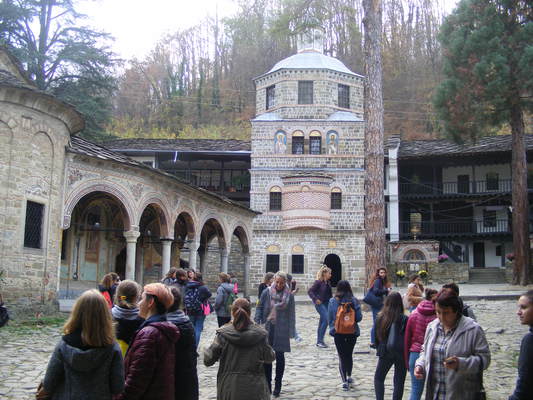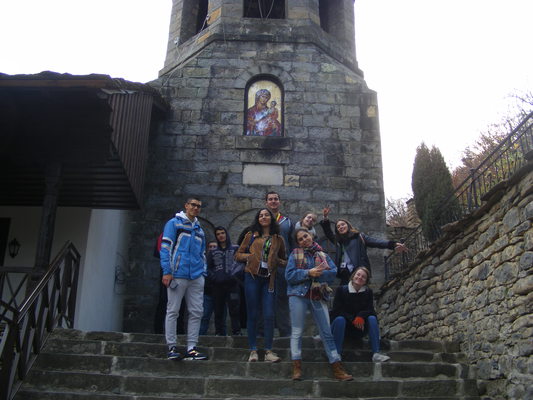The Importance of the Historical Monuments
The Historical Monuments are one of our most precious assets. They contributes to our economy, to our cultural identity and to our sense of place. Without them, our countries wouldn't be it self. Here we will present one of the most famous Historical Monuments in our country.
IV Liceum Ogólnokształcące im. Mikołaja Kopernika w Rzeszowie

The historic centre of Cracow
El centro histórico de Cracovia, una ciudad localizada en el Río Vístula en el sur de Polonia, es uno de los ejemplos más excepcionales de la planificación urbana europea, caracterizada por desarrollo armonioso y capas de elementos que representan todos los estilos arquitectónicos de la fase románica temprana al modernismo. Kraków, uno de los centros administrativos y comerciales más grandes en Europa Central, era un centro de arte y artes, un lugar donde la cultura y el arte del Oeste y el Este encontrado.
The historic centre of Cracow, located on the Vistula River in the south of Poland, is one of the most outstanding examples of European urban planning, characterized by harmonious development and layers of elements representing all architectural styles from the early Romanesque phase to modernism. The 13th-century merchants' town has Europe's largest market square and numerous historical houses, palaces and churches with their magnificent interiors.
Vasil Levski Comprehensive School
Troyan Monastery “Holy Mother's Assumption”
Stauropegial Troyan monastery is the third biggest monastery in Bulgaria and the third in significance as well.
According to the monastery’s chronicles, Troyan Monastery was established in the beginning of 17th century by several hermits who also brought with themselves the miracle-working icon of “Holy Virgin Troerouchitsa” (three-handed Holy Mother). The monks won the respect of the local residents who started visiting them for prayer and advice. Subsequently, a church consecrated to the Holy Virgin was built.
Troyan Monastery was also an asylum for rebels during the time of Ottoman Rule.
In 1872, Bulgarian Apostle of Freedom Vassil Levski set up in the monastery a secret revolutionary monks committee which was headed by the Father Superior Macarius.
Four years later, Troyan monastery became a citadel of the 1876 April Uprising. The monk room, where all important revolutionary actions were discussed, has been preserved in its original condition. During the Liberation Russian-Turkish war, Macarius transformed the monastery complex into a field hospital for Russian soldiers.
The Troyan Monastery- BG
The Troyan Monastery- EN


